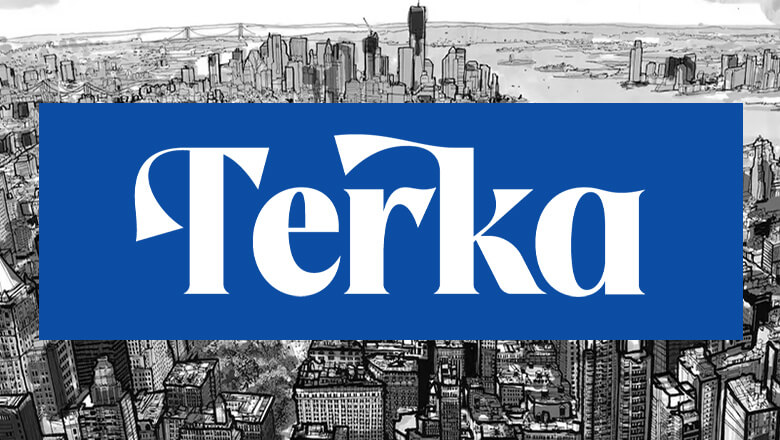
views
Correct Tongue Posture
The tongue should rest along your palate with the tip behind your teeth. At rest (when you’re not talking or eating), the tip of your tongue should sit on the roof of your mouth just behind your top front teeth, near where your gums and teeth meet or slightly behind. The rest of your tongue should be slightly arched and relaxed along the roof of your mouth (your hard palate). Your lips will also be closed, your top and bottom teeth will be slightly separated or just barely touching, and nose breathing should feel easy and natural. When swallowing, the front of the tongue should be held against the roof of the mouth while the back of the tongue contracts to push food down your esophagus. When speaking, your tongue will move into all sorts of shapes or positions depending on the sounds (especially vowel sounds) you’re making. For example, “ah” or “uh” syllables cause the tongue to drop lower, while “ee” or “ay” syllables make it go higher. After swallowing or speaking, your tongue should return to its neutral, resting posture.
Identifying Poor Tongue Posture
Does your tongue push forward into your teeth? This condition is called “tongue thrust” and is a common tongue position problem in children that can continue into adulthood if left untreated. The most obvious sign of tongue thrust is the tongue sticking out of the mouth slightly when swallowing or speaking certain syllables. Other symptoms include: Trouble swallowing Problems with food falling out of the mouth Accidentally biting the tongue or cheeks Mouth breathing Trouble pronouncing sounds like “S,” “Z,” “Sh,” and “J” What causes tongue thrust? Tongue thrust commonly occurs when infants don’t outgrow their “tongue thrust reflex” from nursing. It may also be caused by using pacifiers past age 3, conditions like allergies that cause mouth breathing, nervous system conditions, or anxiety.
Does your tongue lay too low in your mouth? This is called a low tongue rest position (LTRP) and happens when the tongue habitually doesn’t make contact with the hard palate due to nasal breathing problems. Try moving your tongue high up into the roof of your mouth, then lowering it into the floor of your mouth—you’ll feel a noticeable change in your jaw and throat. If the low position feels more normal, you may have poor tongue posture. Other signs of LTRP include: Neck or jaw pain A jaw that protrudes slightly forward and/or hangs low Drooling and/or snoring Difficulty reaching the roof of the mouth with the tongue Mouth breathing or the inability to close the lips fully Tongue pressing against the back of the lower teeth (tongue thrust) If the tongue is low and also off-center (pointing any direction but straight forward), the jaw may also become misaligned. What causes low tongue rest position? Chronic interruptions to nasal breathing (like allergies or a medical condition) cause the jaw and tongue to drop and go forward to open up your airways. Over time, this low position can become a habit (even once nasal breathing improves).
Why is good tongue posture important?
Proper tongue posture supports correct oral development. The tongue is a strong muscle that can exert force on your jaw, maxilla (upper jaw), and teeth. When it’s in the correct position, it uses this force to positively support your oral development and overall health. This includes benefits like: Maintaining straighter teeth alignment Preventing teeth grinding Keeping your tongue from flopping backward Preventing snoring and sleep apnea Preventing mouth breathing Expanding your palate to support your jaw and cheekbones as you age
Side Effects of Poor Tongue Posture
Poor tongue posture can cause dental, facial, and muscular problems. Your tongue is a long, strong muscle whose position and movement can influence the development of other parts of your body like your mouth, head, neck, nose, eyes, and shoulders. Here’s what you may experience if severely poor tongue posture is left untreated long term: Those with tongue thrust may develop misaligned teeth, an underbite or overbite, gaps between the front two teeth, and/or jaw pain. Those with low tongue rest position may develop a slightly longer, flatter face shape or a jaw/chin that protrudes forward (sometimes permanently). More long term complications include poor body posture, vision problems, tooth damage, or conditions like sleep apnea, tooth grinding, or TMJ disorder.
Poor tongue posture may narrow your palate, jaw, cheekbones. When the tongue rests properly against the roof of the mouth, it helps to expand your palate. This helps support your jaw and cheekbones, making them look slightly more pronounced. However, when the tongue is in the wrong place (especially when it’s too low), your palate can narrow, leading to a recessed jaw (and potentially less defined cheekbones). Maintaining good tongue positioning can prevent the narrowing of your palate, jaw, or cheekbones. However, there’s no evidence yet that retraining your tongue to rest properly can reverse these effects once they’ve happened. Some claim that mewing can widen the palate, but there is no evidence supporting this.
Mouth breathing caused by tongue posture can also affect your health. Although it sounds fairly innocent, long term mouth breathing as a result of a misplaced tongue can negatively impact your oral health, sleep, and other aspects of your health. The main risks include: Sleep apnea or obstructive sleep apnea Malocclusion (when the upper and lower teeth don’t align) Dry mouth Bad breath or halitosis Drooling while sleeping or laying down “Mouth breathing face” (a narrowed face with a receding chin or jaw) Potential behavioral problems in children resembling ADHD symptoms
Correcting Your Tongue Posture
Tongue position awareness Several times throughout the day, ask yourself where you feel your tongue, lips, and teeth when you’re at rest (like when you’re watching TV or driving). This will train you to check in with yourself more frequently and maintain your tongue position. Also notice any times that you’re breathing through your mouth throughout the day. See if you can close your mouth and continue breathing easily. If not, you may need to see a dentist, ENT, or myofunctional specialist to fix potential issues with your airway.
Tongue retraction exercise Sit up straight and slide your tongue backward so the tip is resting on the roof of your mouth behind your top teeth (it should not be touching your teeth). Slowly slide your tongue farther back toward your soft palate and hold the position for a few seconds before relaxing the tongue forward again. Repeat several times.
Swallowing exercise Sit up straight in a comfortable spot and place the tip of your tongue on the roof of your mouth behind your teeth. Then, gently swallow or make a sucking motion to force your tongue against the roof of your mouth via suction. Remember to keep the tip of your tongue firmly against your palate. Hold for a few seconds, and then release. Repeat several times a day.
Tongue push-ups Press the middle part of your tongue up against the roof of your mouth as hard as you can. Notice the tension in the muscles at the base of your tongue and in your throat and hold the position for several seconds. Relax the tongue, then repeat several times a day.
Speech therapy or orofacial myofunctional therapy A speech-language pathologist (SLP) can work with you to strengthen and retrain your (or your child’s) tongue to rest properly. This kind of therapy usually involves specific exercises (like the ones above) for the tongue, lips, and cheeks. Your primary care physician can recommend you to an SLP, or you may contact one directly. SLPs often work in schools, assisted living facilities and nursing homes, private practices or clinics, or rehabilitation centers. Anyone 4 years old and above is typically eligible for myofunctional therapy.
Dental or orthodontic devices A dentist or orthodontist may treat poor tongue posture (and the resulting side effects) with a variety of treatments. These may include a tongue crib to train the tongue’s movement (typically used for children with tongue thrust), braces, tooth aligners, or other devices. Occasionally, a minor procedure or surgery may be needed to address severe bite problems or tongue abnormalities.
Final Thoughts
Visit your dentist or doctor for any concerns about tongue posture. First, your dentist or an ENT doctor will examine the tongue and determine whether a breathing problem is the cause of the improper position. Then, you’ll likely be recommended for orofacial myofunctional therapy. This treatment could include a team of caregivers like SLPs, registered dental hygienists (RDHs) with experience in this area, your dentist, and potentially sleep specialists or physical therapists, depending on the extent of your side effects.











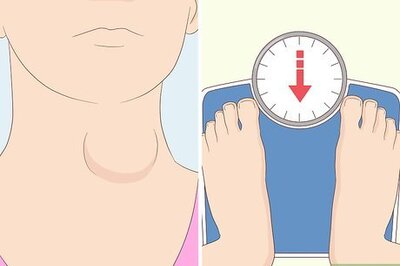
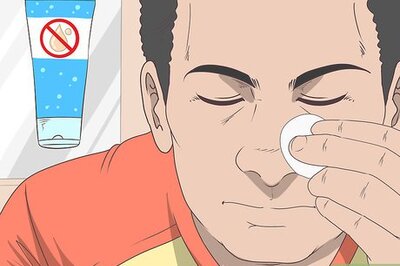

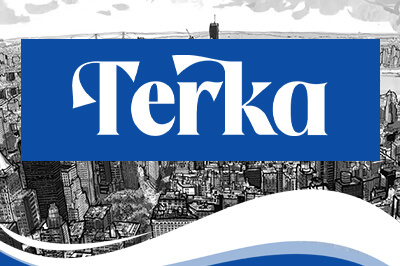



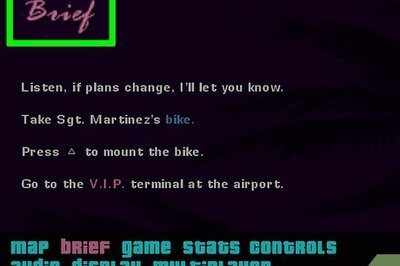
Comments
0 comment